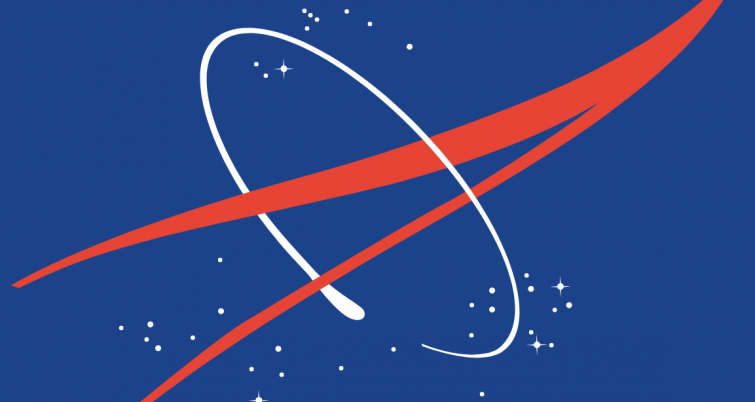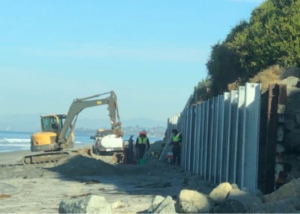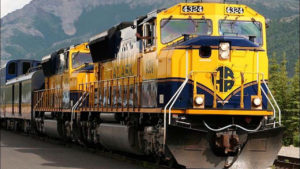August Editorial: Will a wobble turn the industry upside down?
Written by RT&S Staff
At some point in your life you have wondered about that cute, little man on the moon. He’s a popular subject during the toddler years, perceived as a harmless creature that sometimes coats young dreams in wonderment. So when do we try to bomb him?
At some point in your life you have wondered about that cute, little man on the moon. He’s a popular subject during the toddler years, perceived as a harmless creature that sometimes coats young dreams in wonderment. So when do we try to bomb him?
It appears the little man on the moon has a dark laboratory where vicious ailments to planet Earth are now being created. OK, perhaps I am dialing up the villain role here for something that does not exist, but in less than a decade activity by the moon could lead to extreme flooding around the world … putting ports and coastal tracks in danger.
A study, led by members of the NASA Sea Level Change Team from the University of Hawaii, reads more like a science fiction novel and tells of a time in the 2030s when high tide flooding could happen more frequently on several U.S. coasts due to the common enemy called climate change … and the moon’s wobble.
Apparently the moon’s orbit will have a wobble in the coming years that is considered normal activity. Half of the moon’s 18.6-year cycle creates lower high tides and higher low tides, while the other half creates higher high tides and lower low tides. Global sea level rise, caused by that constant bully known as climate change, could have the high tides reaching even higher, making the time of the moon’s wobble feel more like a stumble and a face plant.
In 2019, the National Oceanic and Atmospheric Administration reported ongoing record-setting high tide flooding, and the NASA study says floods could start occurring in clusters that last a month or longer depending on how the sun, moon, and Earth are positioned.
NASA Administrator Bill Nelson said low-lying areas near sea level are increasingly at risk and suffering due to the increased flooding, and it will only get worse. He added the combination of the moon’s gravitational pull, rising seal levels, and climate change will continue to exacerbate coastal flooding on coastlines across the world.
Over the past decade or so, ports have been increasing in capacity to handle a rise in cargo traffic activity from around the world, but how many of these new and shiny ports took this kind of future flooding into consideration? I would imagine very few. In fact, it would not surprise me if the number sat at zero. What about the train lines that run along the coast so people and goods can reach cities like New York, Orlando, New Orleans, San Diego, and Seattle? How many could be underwater due to the lethal combination of climate change and a wobbly moon?
So here is the question: What do we do? Do we as an industry respond to this science now and do what is necessary to move lines further inland? Should ports be safeguarded if they are not already? The cost of such a move would indeed be over the moon, but the cost of doing nothing and risk losing service lines for weeks, if not months, could be out of this universe.
My guess is nothing will be done until the science shows more of something. Science has never deserved to be called accurate, especially when you are dealing with Mother Nature. There are some crazy hypotheses and theories out there backed by men in lab coats with high IQs. This is no knock on them, but the last I checked nobody living carries an ID stating he or she is the official future predictor. That science is hard, if not impossible. So, men of Earth, do nothing … and let’s hope that other man stays cute and harmless.
Read more articles on Class 1s.





